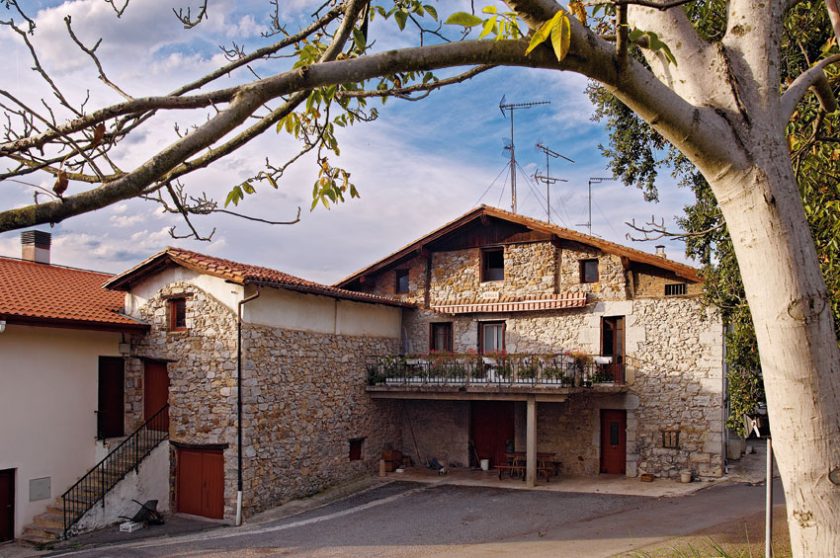Astarbe Sagardotegia
Cider has been produced at the Mendiola farmhouse in Astigarraga by members of the same family for close to five centuries. The oldest surviving document that references the production of cider at this address dates back to May 20th, 1563. To put that in context, Galileo Galilei, the “father of modern science”, was born in 1564. The history of this family is so entwined with the history of Basque cider production that the two main apple varieties they use to elaborate their ciders are the Astarbe variety (after the family surname) and the Mendiola variety (after the name of the farmhouse). Three ciders are produced here: a traditional still cider and two Méthode Champenoise sparkling ciders. Though the ciders are perfectly suitable as refreshments enjoyed on their own, their complexity is only revealed at the dining table. Mugartiz, currently number seven on the list of the world’s best restaurants, is located less than five kilometers away, and Astarbe ciders have been a mainstay of the restaurant’s beverage program since its opening in 1998. The majority of the producers in the region use rootstocks engineered to produce a tree that bears fruit after five to six years and dies after about thirty. Astarbe’s trees, grafted onto wild rootstocks, do not produce a useful crop for fifteen to twenty years, and live for between eighty and a hundred years. The apples these trees produce are smaller and more concentrated, with more complex flavors. These rootstocks and the production of the two Méthode Champenoise sparkling ciders, distinguish and make the Astarbe family unique within the Basque region




